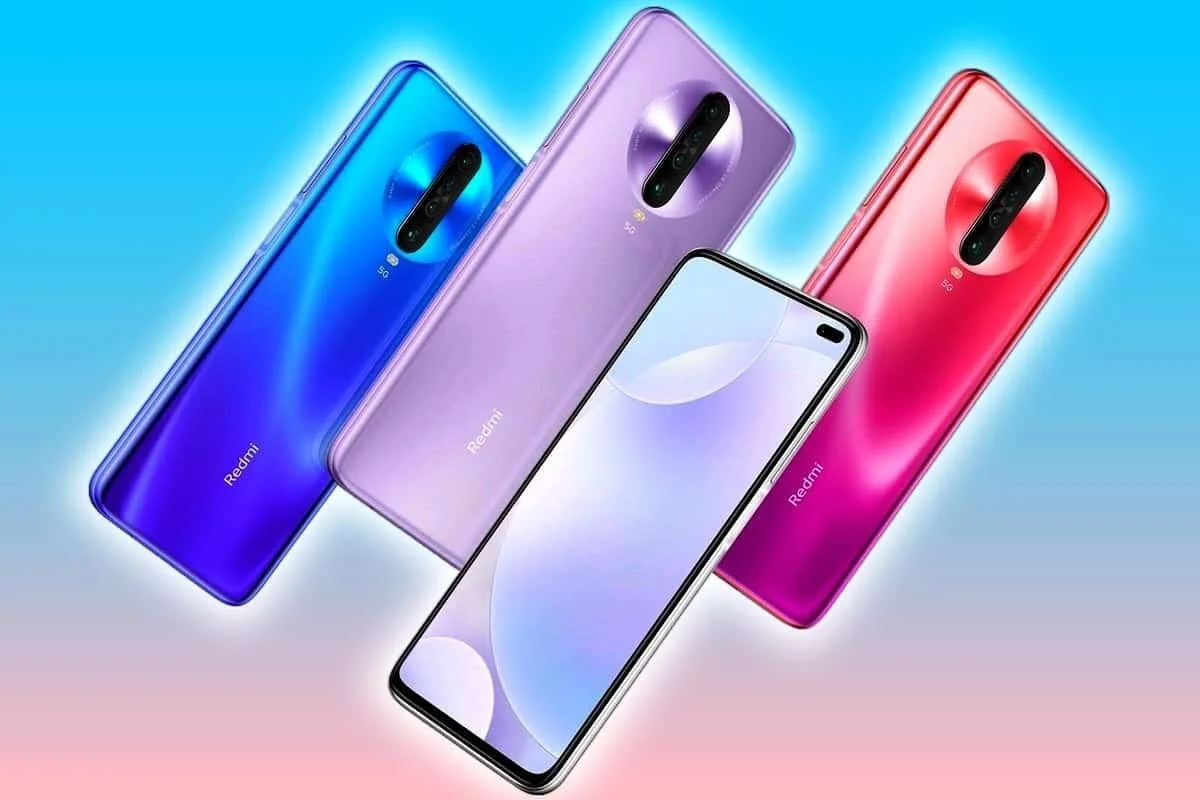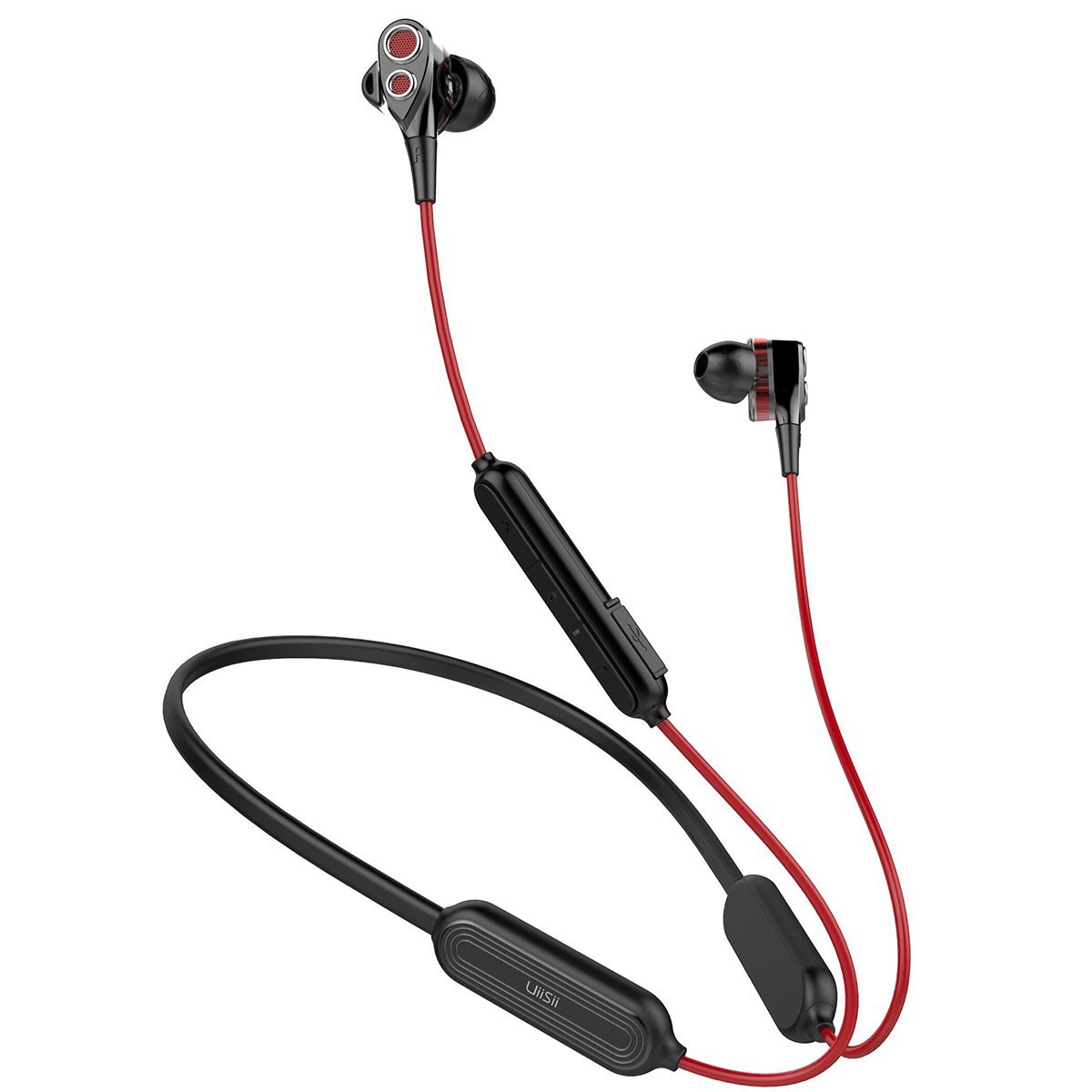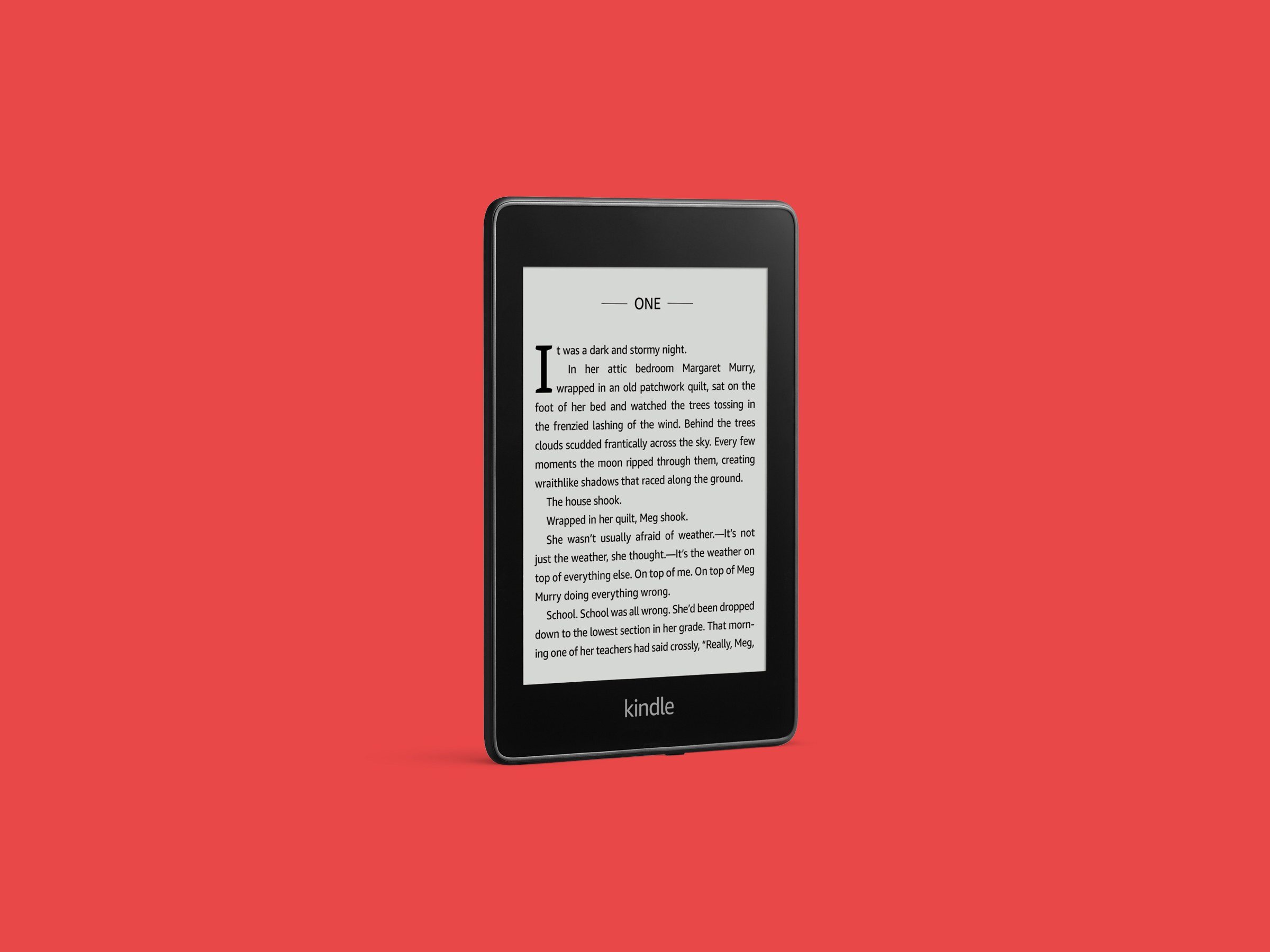Superb Battery Life
Perhaps the most important feature consumers look for when buying a smartphone is a lasting battery performance - and the Mi Note 10 delivers that in spades. Packing a large battery cell, and efficient processor and a battery-saving display, the Mi Note 10 bundles the perfect combination of features necessary to make a long lasting phone.
According to our tastings, users should expect 9-10 hours of on screen battery life with this device, making it more than capable to last up to two days of average use - making the desperate urges to the charger very infrequent.
But when the time to charge does arise, the Mi Note 10’s bundled 27W quick charge adapter takes you back to 100% in a little over one hour - getting you ready for another 2 day journey.
Great Performance
Whilst most technology enthusiasts may be quick to judge the device’s Snapdragon 730 chipset, the Xiaomi Mi Note 10 delivers great performance that for the average, non-intensive user, will simply breeze through all their needed apps.
When the need for a gaming phone arises however, the Mi Note 10 has proven to be more than capable to run most modern games with competent graphics and performance, leading us to believe that this device may last another 2 years of fantastic performance.
A Beautiful Display
Budget Xiaomi devices have long been plagued by only decent LCD displays, but the Xiaomi Mi note 10 takes a completely different approach to its competitors. Offering a modern curved OLED display with a very minimal notch, the Mi Note 10 is a pleasure to look at, made even better by the 600 nit display that makes it plenty bright for outdoors use.
While it will in no way compete with the latest iPhone 11 Pro, it will offer an experience that for its price, and for the average user, is simply impressive.










